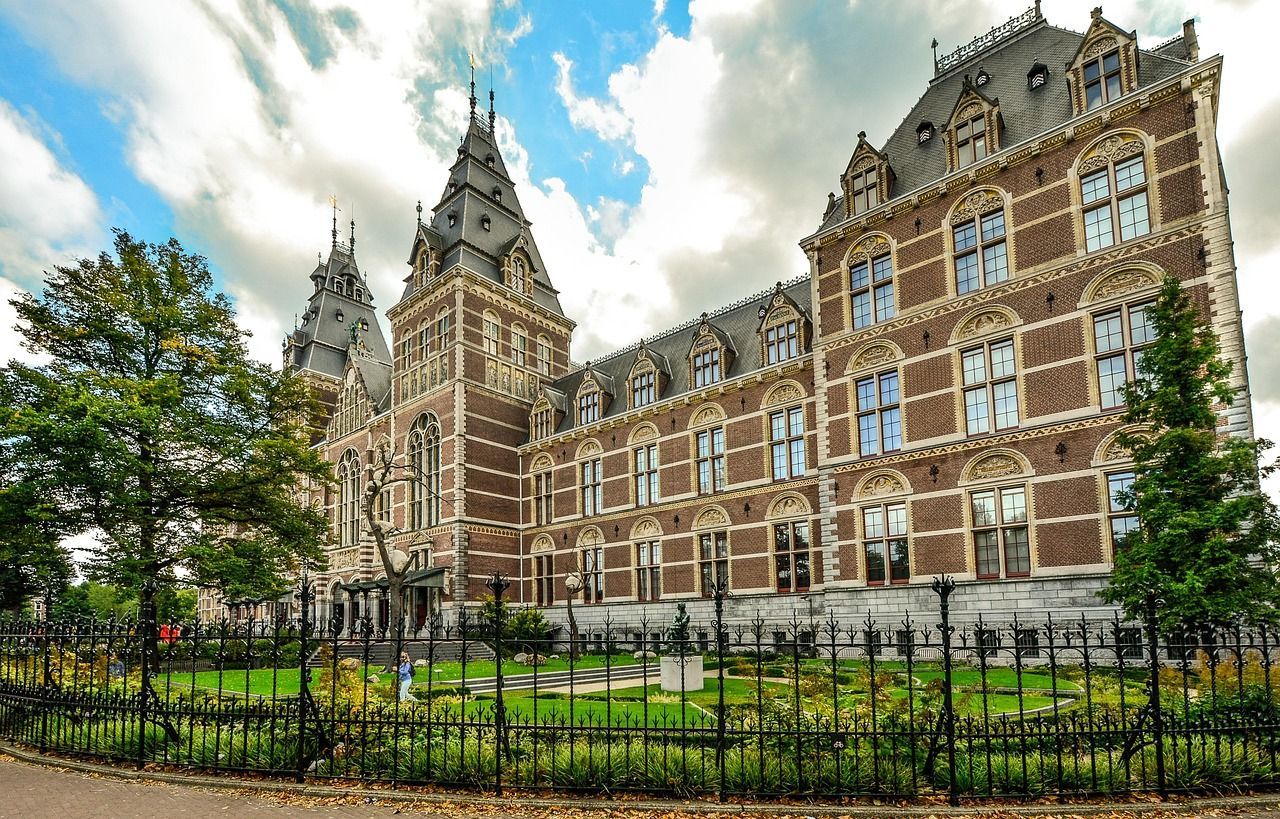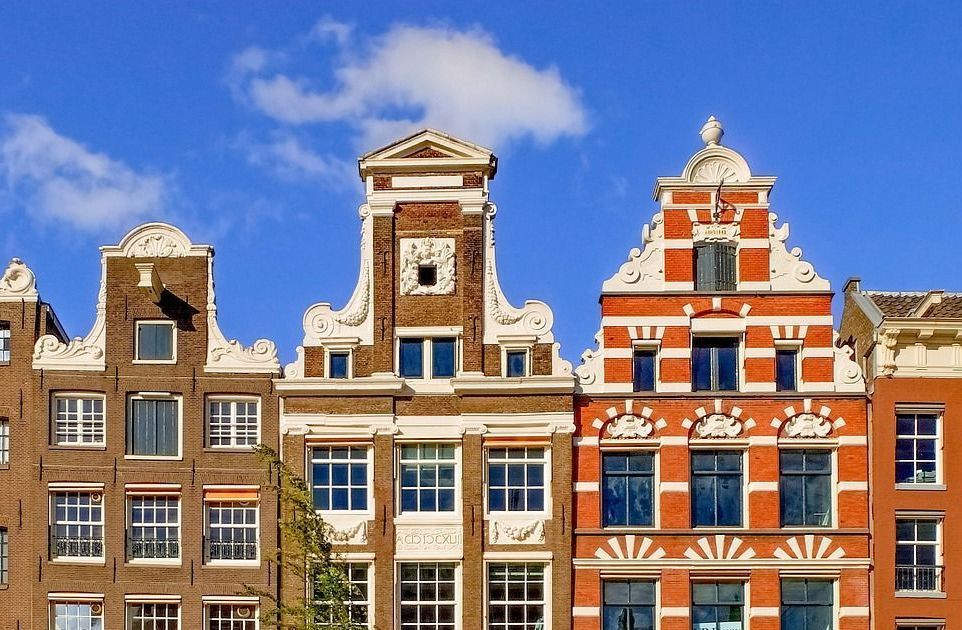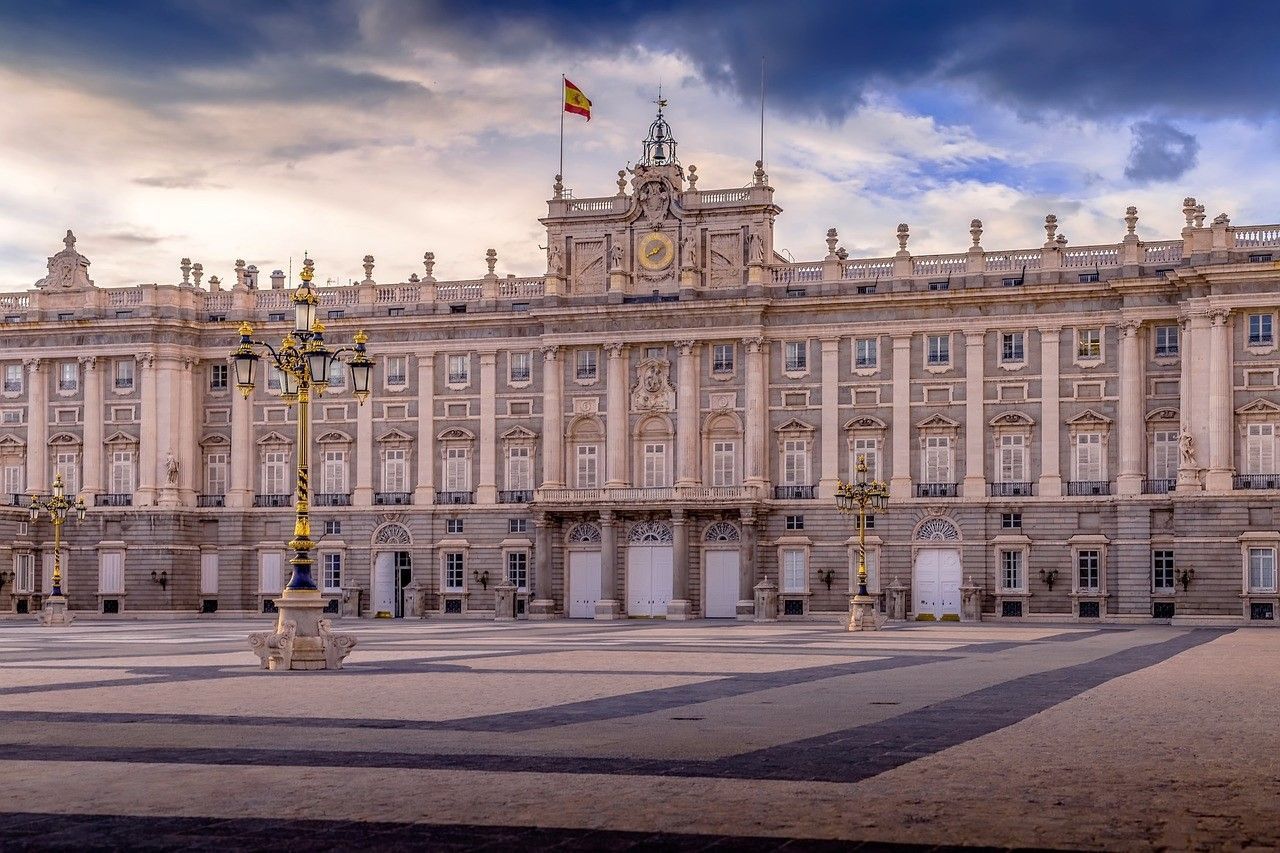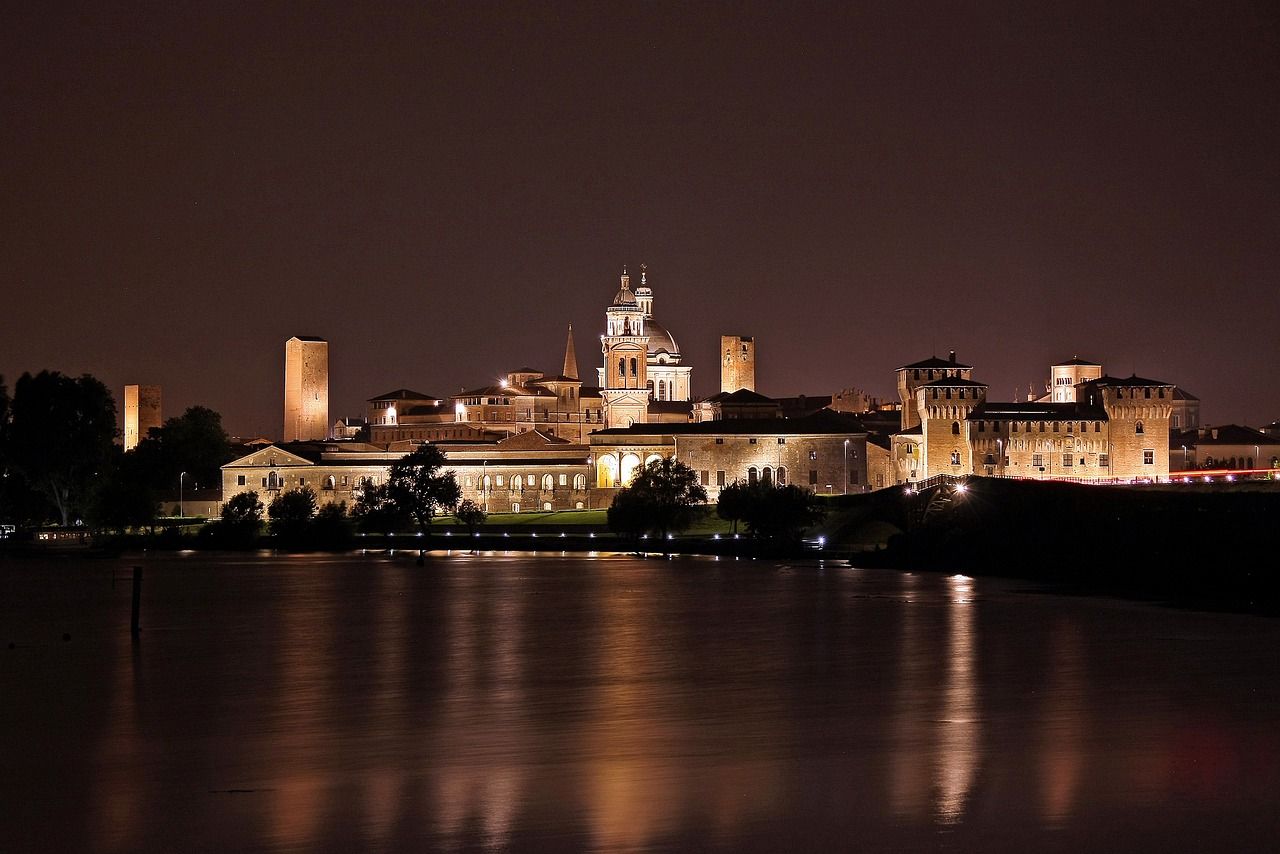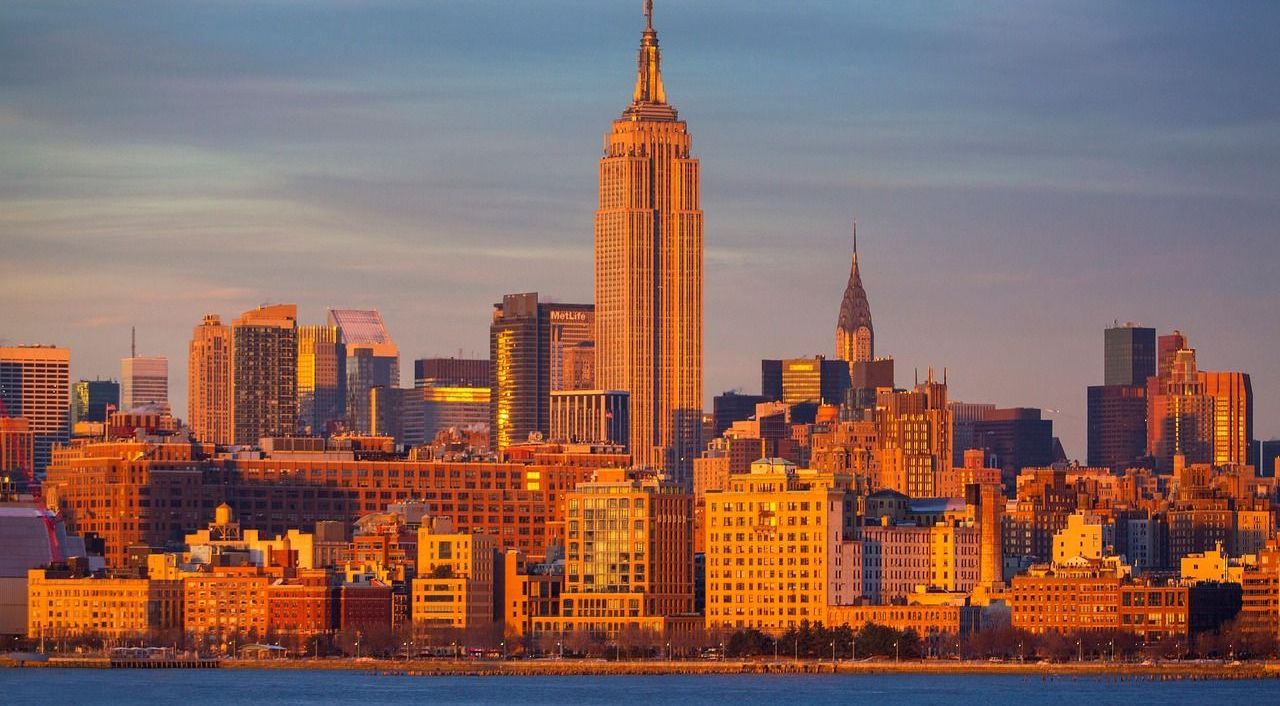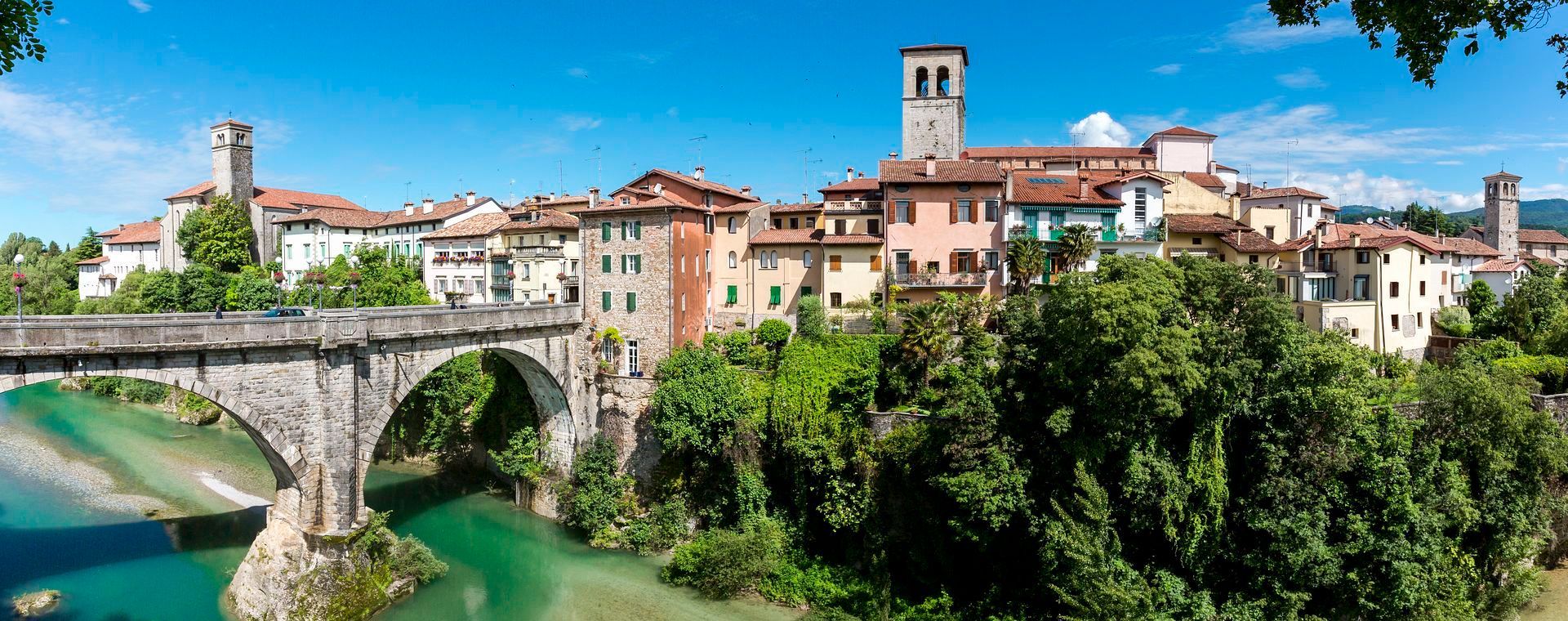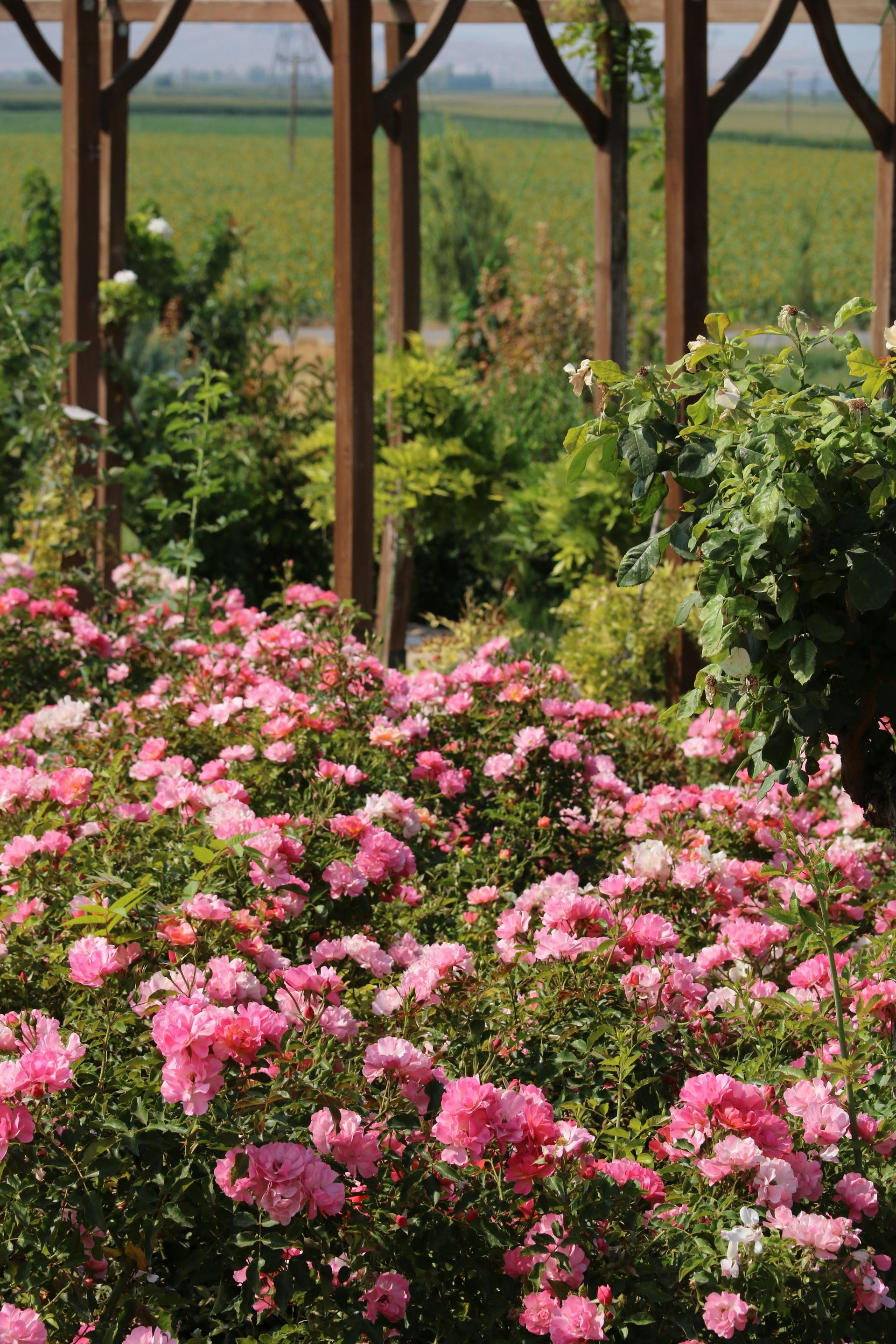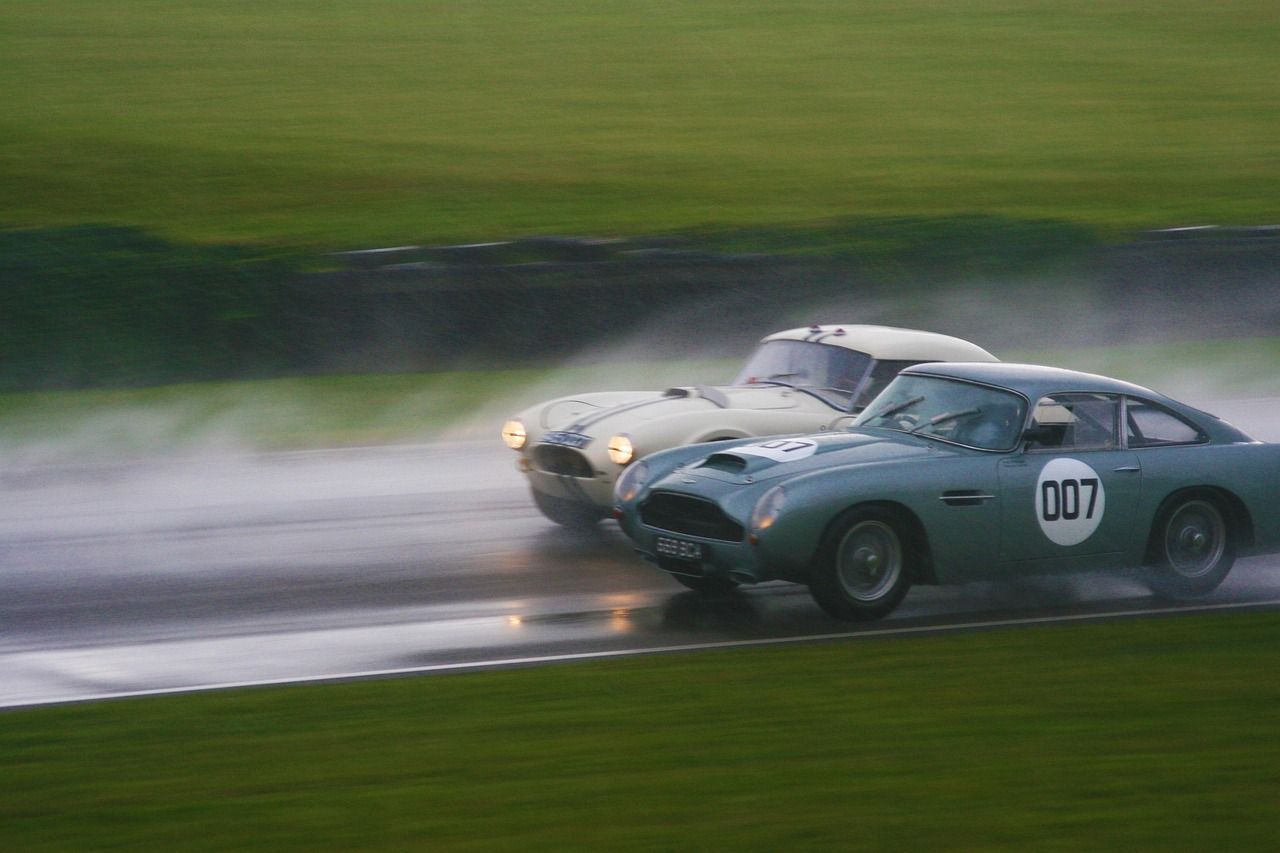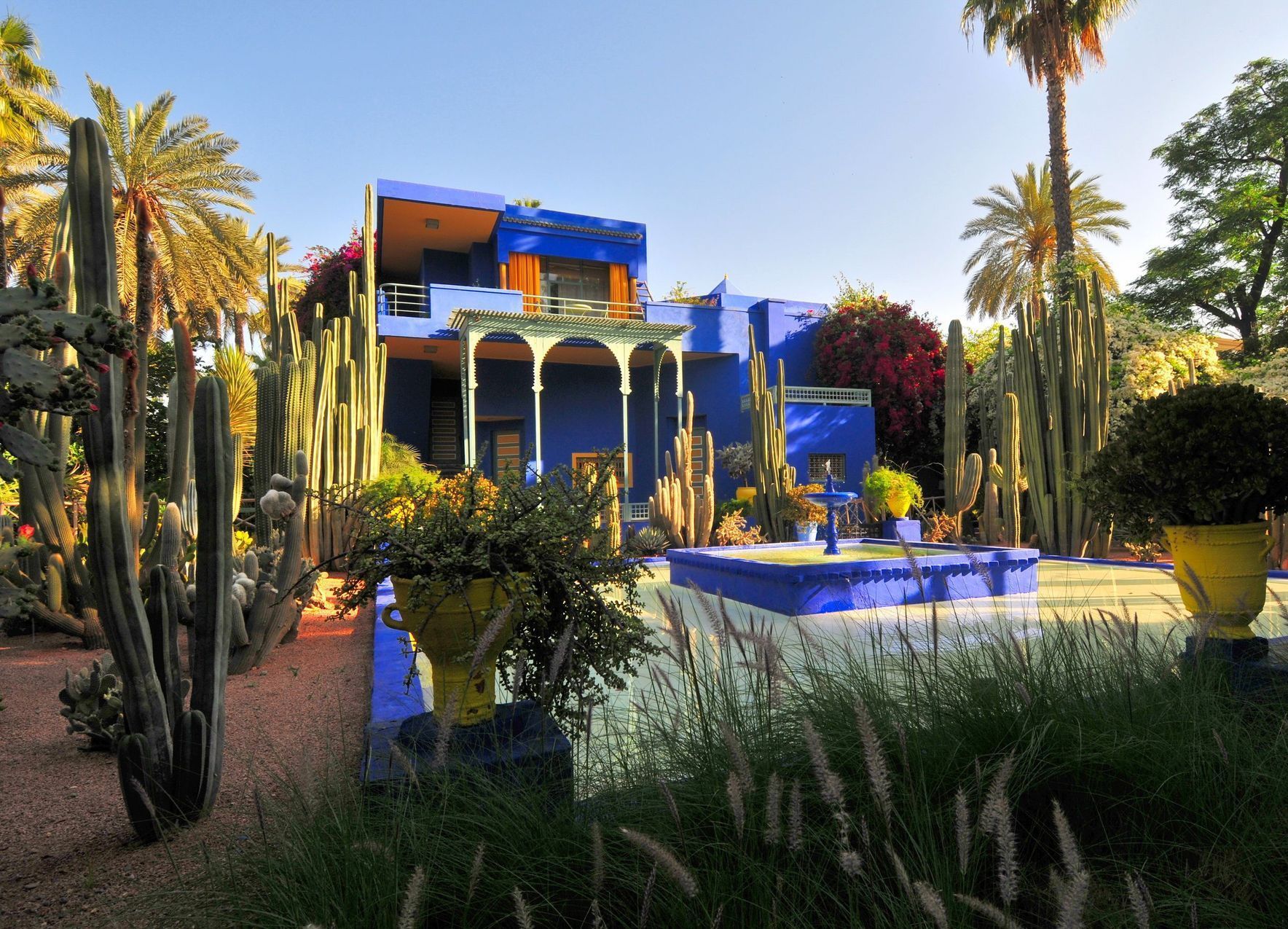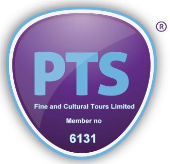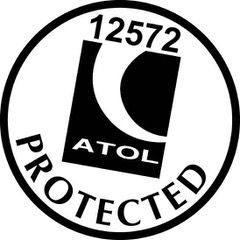AMSTERDAM The Golden Age of Dutch painting
4 days | £2450 per person with flights | 29 April - 2 May 2026
The Golden Age of Dutch painting
In 1579 the northern provinces of the Low Countries joined forces against their Spanish Habsburg overlords. In the 1580s they united to form a Republic. Spain may not have recognised this new state until the Peace of Westphalia in 1648, but this refusal does not hide the fact that Holland, the country’s leading province, had become the cultural, political and economic centre of the United Provinces, and ultimately a world power. The ports of Amsterdam, Rotterdam, The Hague, Haarlem and Delft were international hubs from where the Dutch — expert seafarers and skilled mapmakers — developed a far-flung colonial empire and achieved prosperity unmatched in the 1600s. This economic Golden Age was matched by an explosion of creativity in art which reflects Holland’s values, achievements and people. Dutch Calvinism may not have produced the sumptuous exuberance which we associate with absolutist history paintings or Catholic altarpieces of the Baroque, but the country’s international merchants, cosmopolitan professionals and republican institutions had an insatiable appetite for certain pictorial subjects. Among the innumerable, technically accomplished but sombre portraits, Rembrandt’s and Frans Hals’s likenesses stand out for their bravura and psychological intensity.
Genre pictures by Vermeer and de Hooch provide insight into the daily life of 17th-century citizens of all classes, while still-lifes depict their food, tableware and flowers in minute realism. Maritime paintings, landscapes and cityscapes reflect the republic’s sources of trade and naval power: the sea and the land reclaimed from it. The matchless masterpieces of Rembrandt and his contemporaries will be the focus of this Art Pursuits Study Tour.
Day to day Itinerary
Day 1
Fly from London to Amsterdam. Coach transfer to the attractive town of Haarlem, capital of the province of North Holland and important cultural centre, after the Sack of Antwerp in 1576 had forced artists and craftsmen to find a new base. Thus, Jan Steen and Frans Hals made Haarlem their home, while Jacob van Ruisdael was born in the city. Independent lunch around the Grote Markt, followed by a visit to St Bavokerk, the enormous mediaeval Gothic church which dominates the city skyline. The sumptuously decorated Müller organ, dating from 1738, dominates the interior and is one of the most depicted instruments in the world. Continue to the Frans Hals Museum, home to the finest of the painter’s virtuoso portraits. Check in to our hotel and enjoy a first group meal together.
Day 2
A day in Amsterdam. At the Rijksmuseum we will be studying some of the collection’s masterpieces. Rembrandt’s Nightwatch, around which the museum was originally built, is the most treasured of all, while Vermeer’s Milkmaid, the most poetic of all genre paintings, probably comes a close second. After lunch, visit the Rembrandthuis, the artist’s home and studio for twenty years until he was declared insolvent in 1658. The building has been refurbished to reflect life there in Rembrandt’s age. The artist’s etchings and surviving copperplates on display reveal his ingenious pictorial intelligence possibly even more than his oil paintings. Continue to the charming Our Lord in the Attic Museum. In this beautifully preserved example of a 17th-century canal house, narrow corridors and winding stairs lead up through living quarters decorated in the period style to a complete church in the attic. Commissioned by a wealthy Catholic merchant in the 1660s, the church provided a secret space for Catholic worship at a time when the city was governed by Protestant rule. Return to Haarlem for an evening at leisure.
Day 3
A morning in Delft to explore the city in which Vermeer lived and worked. Our first visit is to the Nieuwe Kerk, which pierces the sky with its impressive Gothic tower. It has been the final resting place for all Dutch monarchs since the establishment of the Kingdom of the Netherlands in 1815. On the other side of Delft Market Square is the Oude Kerk; notable for its leaning tower and lovely stained glass, it also contains the tomb of Vermeer. Transfer by private coach to The Hague to visit the Mauritshuis Museum, home to Vermeer’s iconic Girl with a Pearl Earring and located in a handsome 17th-century house. After an independent lunch in the museum, we view several other masterpieces of the Dutch Golden Age, such as The Goldfinch by Fabritius and Rembrandt’s Anatomy Lesson of Dr Tulp. Return to Haarlem for a farewell dinner together.
Day 4
Check and out and travel to Leiden, home of the country’s oldest university. Leiden was Rembrandt’s birthplace and the Lakenhal Museum, housed in a historic 17th century cloth hall, features an impressive collection of Dutch Golden Age paintings, including some of Rembrandt’s earliest works. Independent lunch at the museum before continuing for our return flight to London.
Amrâth Grand Hotel Frans Hals
Located in the city centre of Haarlem, the Amrath Grand Hotel offers elegantly furnished rooms, equipped with modern amenities and an extensive buffet breakfast. It is only a short walk from the main attractions such as Grote Markt, surrounded by lively cafés and centuries-old architecture.
With Flights: £2450
Join Direct: £2300
Single Supp: £195
Deposit: £450
Departure Dates:
29 April - 2 May 2026
Duration:
3 nights / 4 days
Your Holiday Includes:
- Return flights (Economy class) from London to Amsterdam
- Three nights’ bed and breakfast at the Amrâth Grand Hotel Frans Hals in Haarlem
- Private coach transfers and excursions
- Two evening meals
- Guided visits to the sites and monuments listed in the programme
- Services of the tour lecturer and a tour manager
- Detailed programme and study notes
- All entrance fees, taxes, and gratuities for coach drivers and serving staff
Tour Lecturers
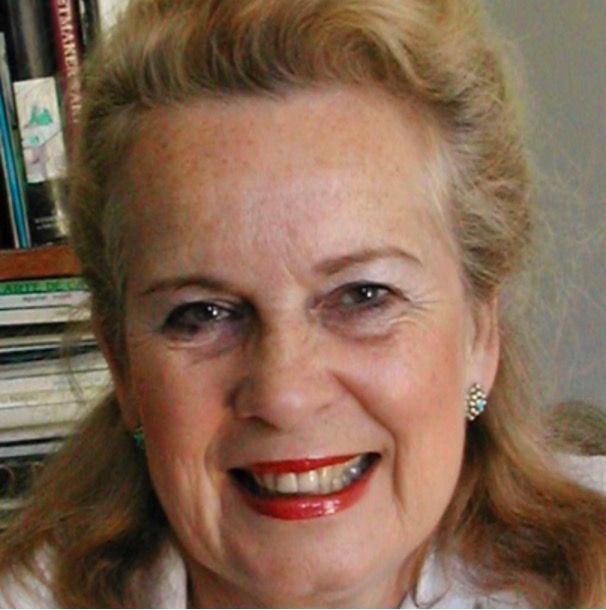
Clare Ford-Wille
Clare Ford-Wille is an independent art historian. She has led study tours to Europe and the USA. Clare has lectured on European art, architecture and sculpture for more than thirty years, primarily for the University of London, the National Gallery, the V&A, Morley College and the Arts Society. She has also contributed to several academic guides.

Tom Abbott
Tom Abbott studied psychology and art history in the US before completing his graduate research in the history of art and architecture in Berlin, where he now lives. Tom also studied at the Louvre School of Art History in Paris and has lectured around the world, specialising in architecture and art from the Renaissance to the Baroque and beyond.
Travel Information
The price does not include extras at the hotels or travel insurance.
Please note that Art Pursuits use hotels of character featuring a variety of rooms & styles.
Stamina
Please note that some of our tours can involve a fair amount of walking, sometimes across uneven ground. Please contact us if you would like more information.
